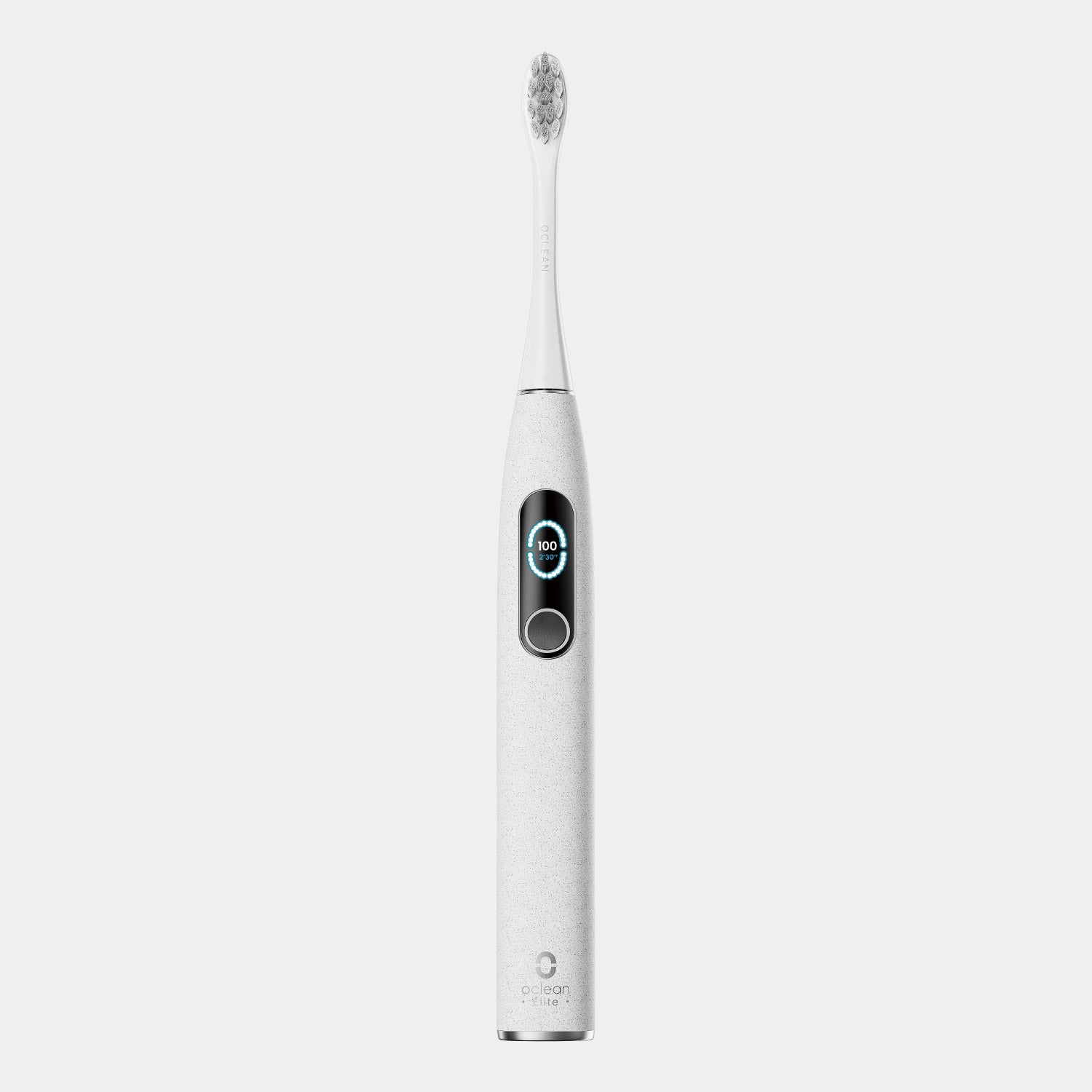The COVID-19 pandemic has brought significant changes to our daily lives, prompting us to take extra precautions to avoid the virus's transmission. While we're well aware of many modes of transmission, there's one aspect that may have escaped our attention - our toothbrushes. Can COVID-19 survive on toothbrushes, and if so, for how long? In this article, we'll explore this important topic and provide guidance on protecting yourself.
How Long Can COVID-19 Stay on Toothbrushes?
COVID-19 has left no stone unturned in affecting millions of lives worldwide. From quarantine measures to the loss of loved ones, we've witnessed its impact firsthand. In this context, it's essential to understand how to prevent the transmission of the virus, even through seemingly innocuous items like toothbrushes.
The Centers for Disease Control and Prevention (CDC) indicates that COVID-19 can survive on plastic and steel surfaces for up to 72 hours, which translates to three days. Therefore, if you've been infected with the virus, it's advisable to discard your toothbrush and employ proper disinfection, sanitization, and sterilization methods to mitigate the risk.
How to Protect Your Toothbrush from COVID-19?
To safeguard your toothbrush from potential COVID-19 contamination, consider the following methods:
1.Disinfection:
- Rinse your toothbrush with a 0.5% hydrogen peroxide solution. Hydrogen peroxide is effective against various microbes, including the virus responsible for COVID-19.
- For manual plastic toothbrushes, you can place them in boiling water for disinfection. However, this method is not suitable for electric toothbrushes, as it may damage them. Stick to hydrogen peroxide disinfection for electric toothbrushes.
2.Sanitization:
- Invest in a toothbrush sanitizer, such as the Oclean S1 Toothbrush Sterilizer. It boasts a 99.9% sterilization rate and can accommodate up to five toothbrushes simultaneously. This UV toothbrush sanitizer not only sterilizes but also disinfects effectively.
3.Self-Protective Measures:
- Thoroughly wash your hands for at least 20 seconds after brushing your teeth. This practice helps prevent virus transmission through surfaces and mucous membranes.
- Avoid touching your eyes, nose, and mouth with unwashed hands, as these areas can serve as potential entry points for the virus.
- Never share toothbrushes with others. Sharing food may be a kind gesture, but toothbrushes should remain strictly personal items.
- Store your toothbrush in an upright position and ensure it dries completely to prevent the growth of harmful pathogens.
Recovered from COVID-19: What to Do?
If you've recently recovered from COVID-19, it's essential to take specific precautions regarding your toothbrush and oral care:
- Replace your toothbrush or, in the case of an electric toothbrush, replace the brush head with a new one.
- Disinfect the handle of your toothbrush with 0.5% hydrogen peroxide.
- Avoid placing your toothbrush in close proximity to the toothbrushes of family members, especially if they have colds, coughs, or the flu.
- Ensure your toothbrush remains dry by moving it rapidly from right to left.
- Store your toothbrush in an upright position, preferably in a closed cabinet or cupboard.
- Remember to replace your toothbrush every three months. If you use a Smart Electric Toothbrush, change the toothbrush head every three months and consider using a Toothbrush Sterilizer after each use.
Oral Care After Recovery:
Maintaining good oral hygiene is crucial after recovering from COVID-19. Here are some steps to follow:
- Stay well-hydrated by drinking eight cups of water daily to enhance salivary flow.
- Use mouthwash to eliminate bacteria in areas that your toothbrush might not reach effectively.
- Use a tongue cleaner to scrape your tongue and further reduce bacteria.
- Maintain regular oral care by brushing your teeth twice a day and flossing once daily.
In conclusion, COVID-19 can indeed survive on toothbrushes for up to 72 hours, emphasizing the importance of proper toothbrush care and oral hygiene practices. By following these guidelines, you can protect yourself and your loved ones from potential virus transmission through toothbrushes.























































































